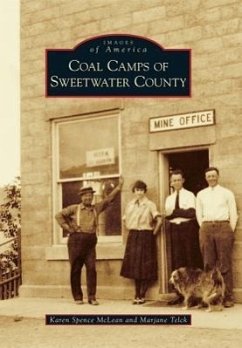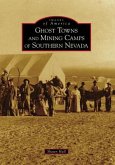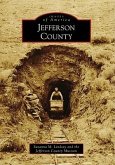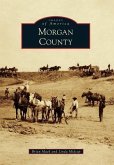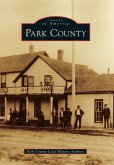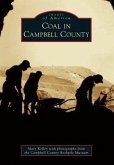In the early to mid-1900s, the coal camps of Reliance, Dines, Winton, and Stansbury emerged from the hillsides and desert in southwestern Wyoming due to the increased need for coal. The miners and their families who came to these coal camps were a true melting pot, bringing with them different races, religions, and customs from all over the world. They forged unique communities and worked and lived harmoniously, depending on one another for survival, entertainment, and camaraderie. Although distanced from one another, the camps were integrated by the mines and activities of the Union Pacific Coal Company, and unified by School District No. 7, which provided the educational foundation for their children. The people who lived in these camps contributed significantly to the development of southwestern Wyoming, the economy of the state, and the welfare of the United States during wartime.
Hinweis: Dieser Artikel kann nur an eine deutsche Lieferadresse ausgeliefert werden.
Hinweis: Dieser Artikel kann nur an eine deutsche Lieferadresse ausgeliefert werden.

